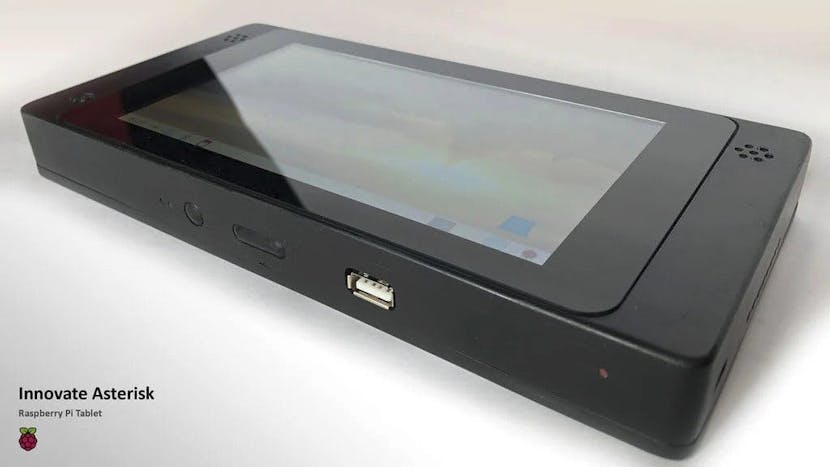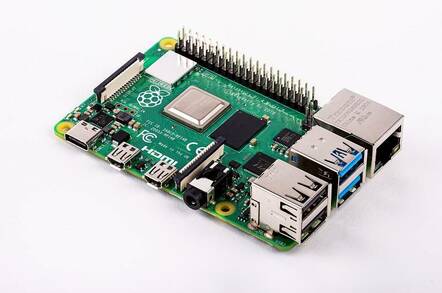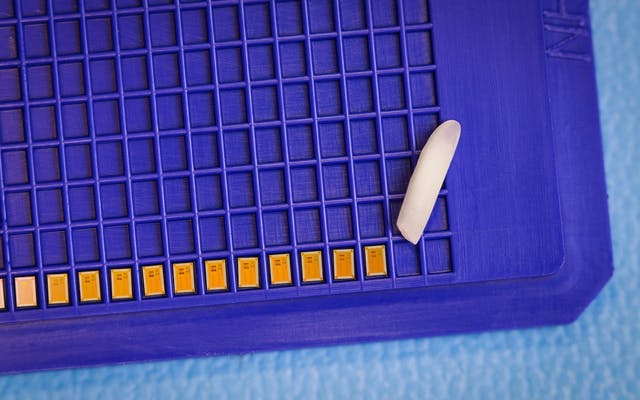Raspberry Pi 4 OMV NAS tutorial, including hardware selection, software installation and configuration. This video explains all you need to know to start using a Pi 4 — or any other Raspberry Pi — for sharing files across a local area network (LAN) using OpenMediaVault.
PLEASE NOTE THAT on December 9th 2019, OpenMediaVault removed (depreciated) the image files for directly installing OMV on a Raspberry Pi 4b or other SBC, with the installation process now involving the installation of Armbian, and then OMV installation via a terminal. This means that the install method shown in this video sadly no longer works. Sorry. 🙁 You can download a pdf explaining the new method from here: https://sourceforge.net/projects/open… by clicking on the links for OMV 4 or 5 for SBCs. I will update this video description and related pinned comment if the situation changes and the direct installation files become available again.



